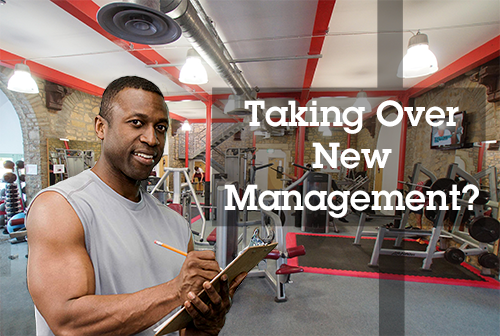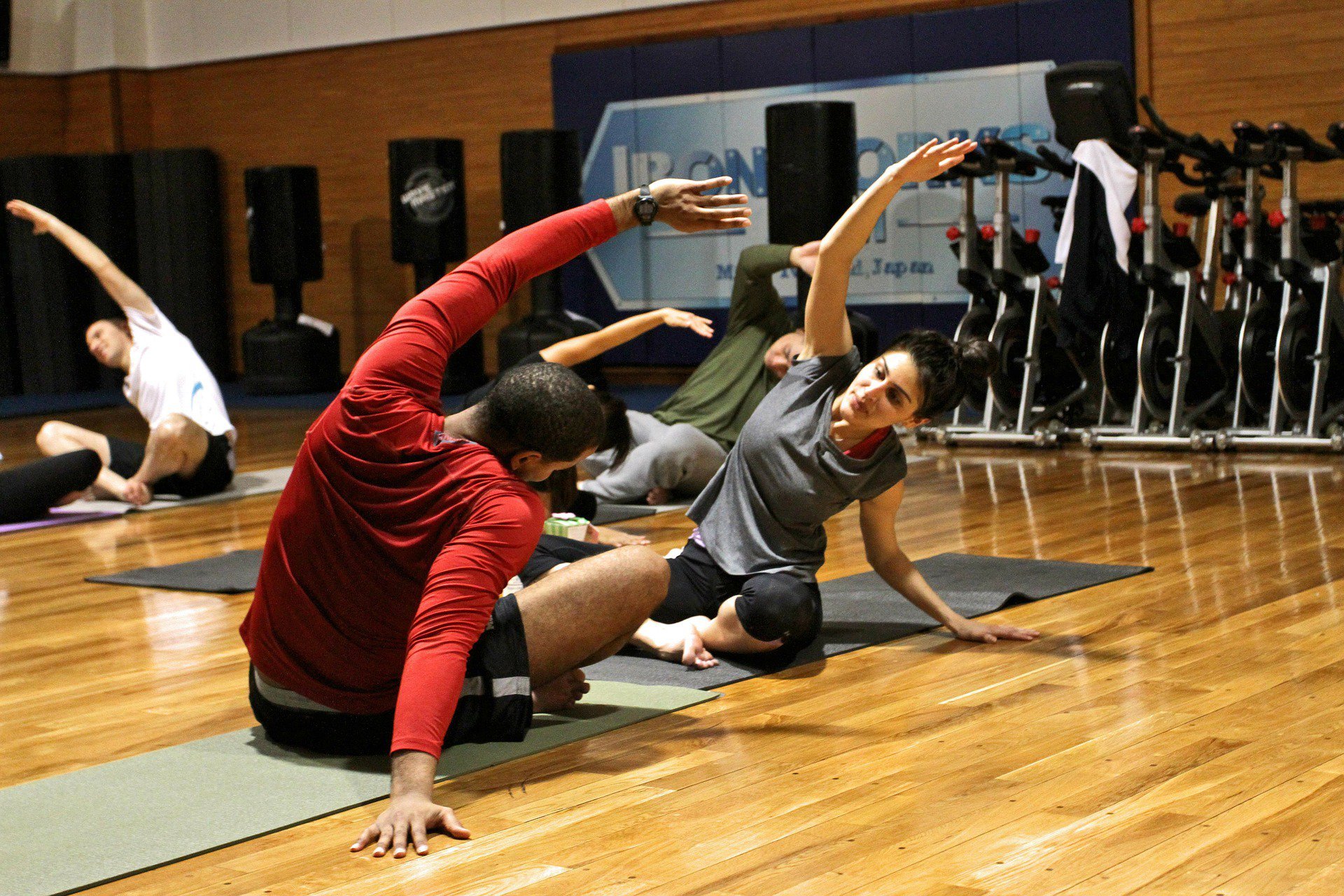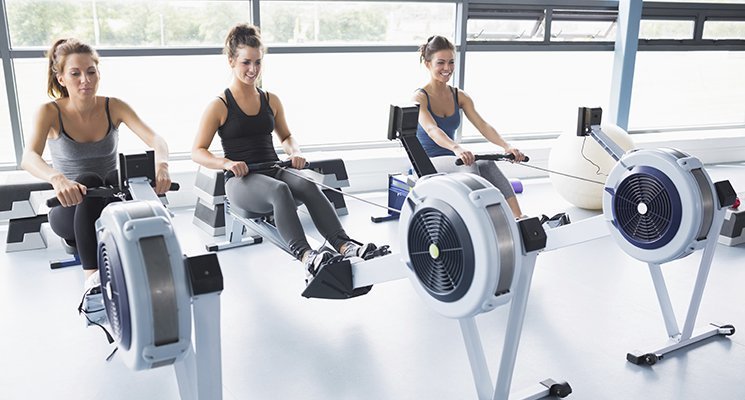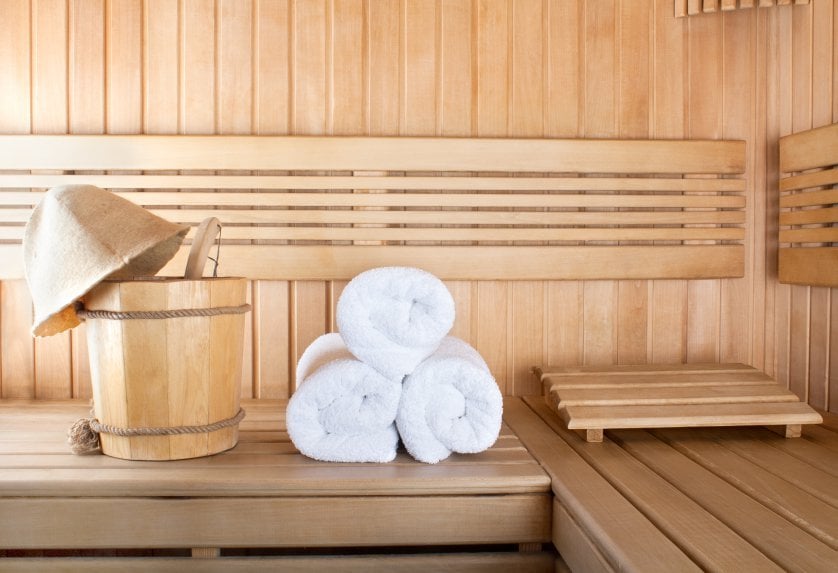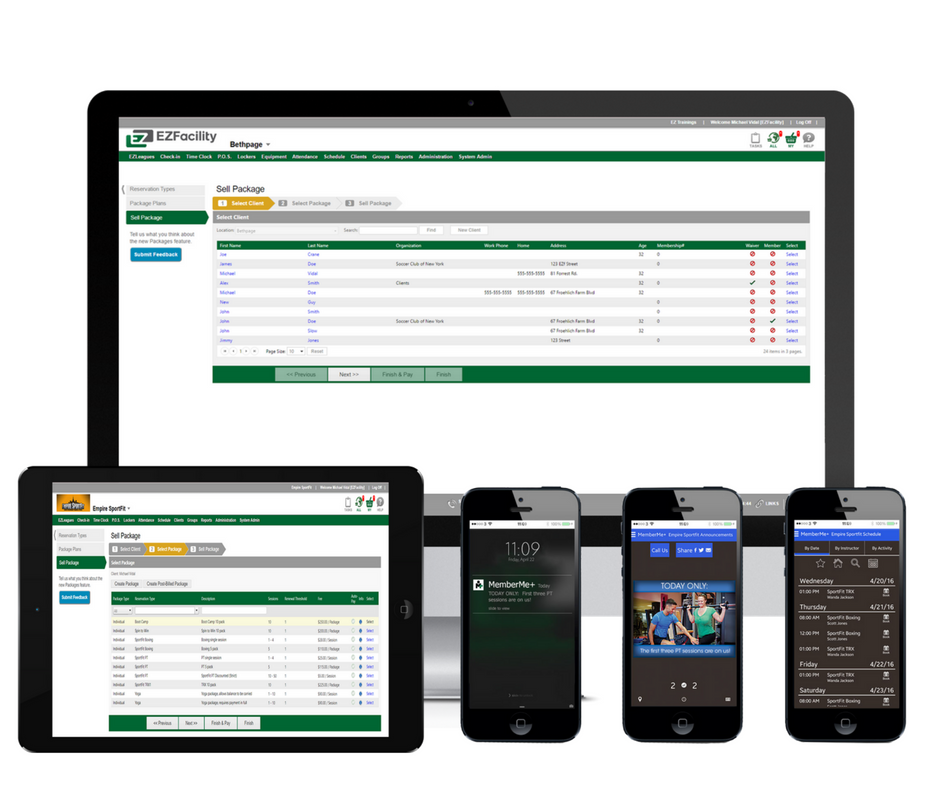For a few years, my son and I loved going to Bucca, a pizza place in our neighborhood. The food, first of all, was excellent and affordable, but what we liked most were the friendly staff that greeted us by name when we walked in and the cool décor: Bucca’s manager had a photography hobby and covered the walls in photos that were always interesting to look at and discuss. We were crushed when we walked by one day and found the name changed to Bucolino’s. The menu was similar, but when we entered no one recognized us and, worst of all, the photos were gone. In their place were bright, graffiti-style murals that might have been welcome in some other context, but that felt so jarring and ugly in our beloved space.
We ate at Bucolino’s only once. When I asked the waitstaff what had happened, all I got in response was a curt “new owner.” This new owner was too busy to speak with us. It’s a shame, because the food was still pretty great, but no one had made any effort to sell us on the new identity. I kept thinking that if the new venue had tried to reach out to Bucca’s customer base, maybe we would have felt differently; maybe we would have given it a chance. So I was interested to read a recent blog on IHRSA’S website that takes up the issue of new ownership. The blog asks: “How can we market a club that’s under new ownership to let consumers know we’re making major changes to what had been a mismanaged facility?” Bucca had never been mismanaged, but the question stood: How do you let your customers know things are going to change?
Paul Brown, CEO of Face2Face Retention Systems in Queensland, Australia, told IHRSA, “When you take over the reins of an existing business, be excited, be bold, and be loud.” Joe Cirulli, Founder and CEO of Gainsville Health & Fitness Center, suggests making it a priority to ensure the facility is in tip-top shape, connect with existing staff and make efforts to meet their needs, and use word-of-mouth advertising to let the public know. All of these pieces of advice are good ones. I wish Bucolino’s had followed them. If you’re taking over a new facility, spread the word, and — whether there were problems that need fixing or you’re taking an already great business to new heights — advertise widely and positively about the change. A few specific steps to consider taking:
• Hold town-hall-style meetings with members, seeking useful feedback. This could be done in real life or virtually. Using social media outlets like Facebook and Twitter to elicit members’ ideas about what to keep for the facility’s new incarnation and what to alter would be a great way both to let your customers know about the change and to include them in your process.
• As Brown suggests, “Solicit editorial coverage in local and regional newspapers and websites. Invite interviews and offer to submit prewritten pieces.” The goal in taking these steps would be to inform the public and give yourself some degree of control in the way news of the new ownership is announced and received.
• Plan a grand relaunch celebration. Go out of your way to make the new incarnation a big deal. Rather than doing it without a word, like Bucolino’s did, almost even pretending it didn’t happen, blow horns and send up flares. Invite local dignitaries and offer incentives to get both members and prospectives in the door. During relaunch events, make yourself available and accessible to anyone who might have questions about the facility’s new direction.
• Save yourself time and money by investing in an all-in-one gym management software to streamline your business practices. Do your research to find a software solution to address all of your needs. For example, more health and fitness management software include features such as trainer scheduling, membership management, a point of sale system, and a sophisticated member check-in system compatible with most mobile devices.
It doesn’t take much to make a facility under new ownership as great — or much better — than whatever existed before. But you do have to make some efforts.
